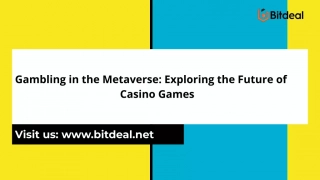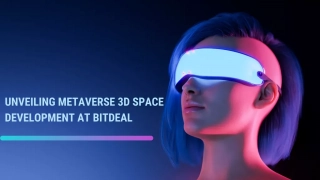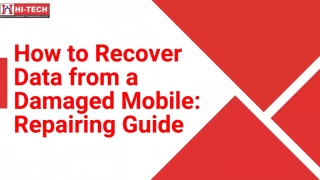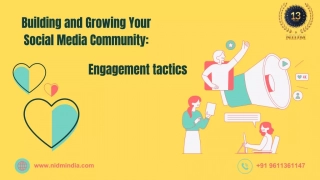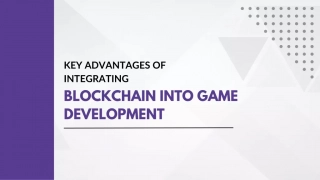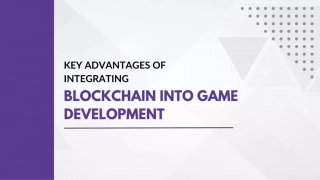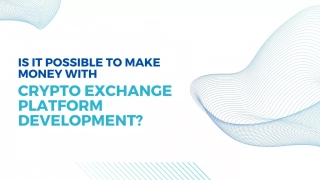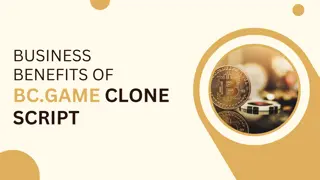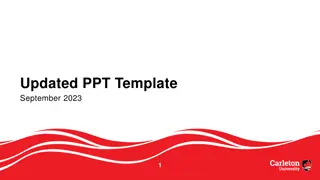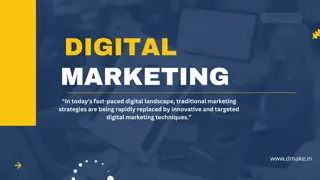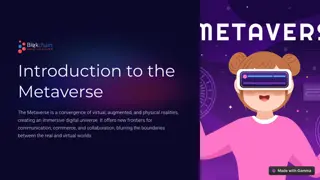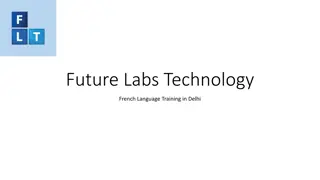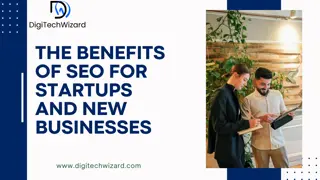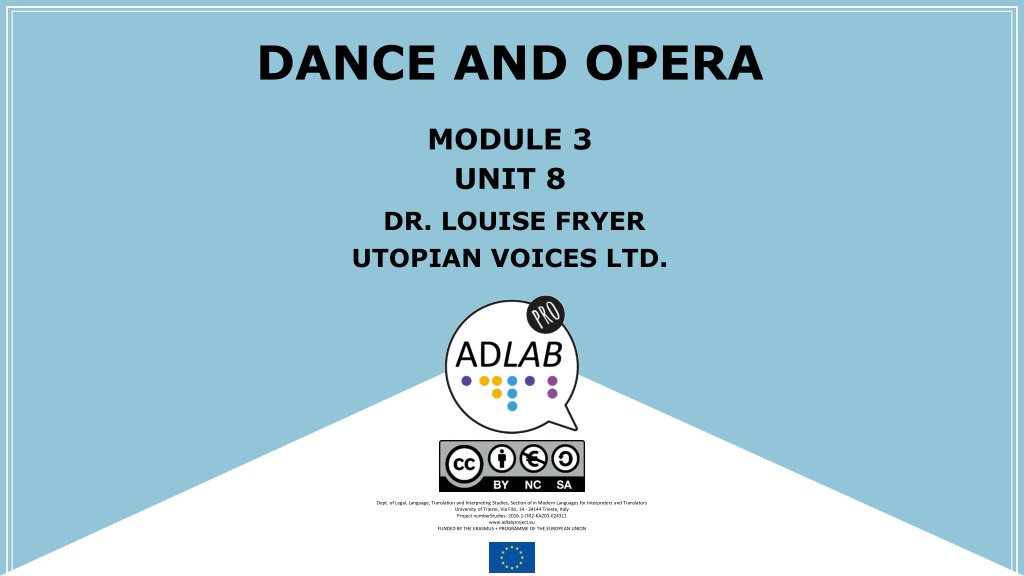
Innovative Strategies for Enhancing Accessibility in Dance and Opera Performances
Explore the diverse methods and considerations involved in making dance and opera performances accessible to all audiences, including audio subtitling, AI integration, and touch tours. Discover how these approaches can provide a more inclusive experience for individuals with various accessibility needs.
Download Presentation

Please find below an Image/Link to download the presentation.
The content on the website is provided AS IS for your information and personal use only. It may not be sold, licensed, or shared on other websites without obtaining consent from the author. Download presentation by click this link. If you encounter any issues during the download, it is possible that the publisher has removed the file from their server.
E N D
Presentation Transcript
DANCE AND OPERA MODULE 3 UNIT 8 DR. LOUISE FRYER UTOPIAN VOICES LTD. Dept. of Legal, Language, Translation and Interpreting Studies, Section of in Modern Languages for Interpreters and Translators University of Trieste, Via Filzi, 14 - 34144 Trieste, Italy Project numberStudies: 2016-1-IT02-KA203-024311 www.adlabproject.eu FUNDED BY THE ERASMUS + PROGRAMME OF THE EUROPEAN UNION
WHY DANCE & OPERA? Same venue. Same production. AD strategies are also useful for any kind of choreographed movement. For fights, aerial circus.
OPERA AND DANCE ARE SIMILAR Story is told musically & visually but not verbally. Dance no dialogue. Opera words can be hard to decipher.
AUDIO SUBTITLING Libretto is displayed as translation on captioning (surtitling) units. Sighted audience can read as they watch and listen. AD must provide both as a kind of audio subtitling.
AST Original libretto? Surtitles? Paraphrase or verbatim?
MUSIC Don t mask the music with the AD. If you don t speak over the music, how can you make it accessible?
SOME SOLUTIONS Enhanced AD e.g. Touch Tour and AI (Audio Introduction). Economy. Fit AD to the rhythm of the music. Careful placing to minimise masking.
AI FOR DANCE AND OPERA Synopsis. Take the lead from the printed programme to avoid spoilers. Give an idea of the dance style.
TOUCH TOUR FOR DANCE Workshop. Dancers demonstrate key steps or sequences. PSL taught steps and positions.
OTHER THINGS TO CONSIDER Some music is sacrosanct. Famous arias (La Boheme the tenor solo Che gelida manina ( Your tiny hand is frozen ) - best left alone.
NOT JUST ON STAGE e.g. Richard Farnes comes into the pit to conduct Act 1 . Your AD audience can applaud at the same time as the sighted audience.
CUES You might write your script in a copy of the score. Take your cues from the music. Synch with the surtitles or action.
DANCE TECHNICAL TERMS The ballerina pli s, sinking low, heels together, knees bent . Ensuring your audience feels they re attending a ballet not a piece of contemporary dance nor a story with music. It s not just about the moves.
RUDOLPH LABAN (1879 1958) Choreographer. Movement theoretician. Vocabulary: weight, time, space.
SPACE Space. How do the dancers move through it? How much space does the dancer occupy?
TIME Is the movement slow, sustained and calm? Or quick, darting and impulsive?
WEIGHT How much force does the movement use? Is it strong or light?
APPEAL TO THE KINAESTHETIC NOT THE VISUAL Don t just describe what it looks like, convey what it feels like. Are the dancer s muscles tense and rippling with effort? Is the breathing rapid and fast? Is there a sense of effortless grace?
DANCE AND OPERA MODULE 3 UNIT 8 DR. LOUISE FRYER UTOPIAN VOICES LTD. Dept. of Legal, Language, Translation and Interpreting Studies, Section of in Modern Languages for Interpreters and Translators University of Trieste, Via Filzi, 14 - 34144 Trieste, Italy Project numberStudies: 2016-1-IT02-KA203-024311 www.adlabproject.eu FUNDED BY THE ERASMUS + PROGRAMME OF THE EUROPEAN UNION
The preparation of this presentation was supported by ADLAB PRO (Audio Description: A Laboratory for the Development of a New Professional Profile), financed by the European Union under the Erasmus+ Programme, Key Action 2 Strategic Partnerships, Project number:2016-1-IT02-KA203-024311.
The information and views set out in this presentation are those of the authors and do not necessarily reflect the official opinion of the European Union. Neither the European Union institutions and bodies nor any person acting on their behalf may be held responsible for the use which may be made of the information contained therein.

